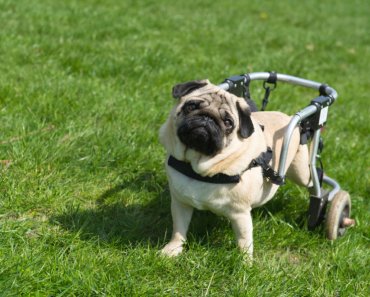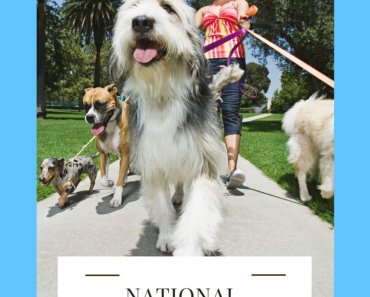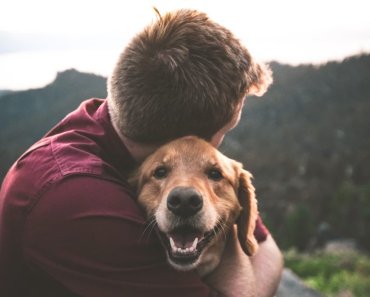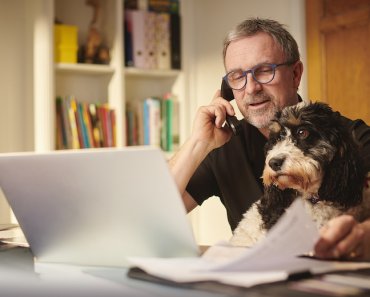From pulling on the leash to barking too much, our dogs sometimes engage in behaviors we don’t want. Here are six simple ways to change those behaviors and achieve a happy, well-adjusted dog.
Does your dog constantly jump up on people? Does she pull on the leash, bark excessively, or ignore you when you call her? Take heart! She’s not deliberately trying to annoy you. Know that good behavior and a more harmonious relationship between you and your dog are closer than you think. This article features six easy tips to help you overcome those unwanted behaviors in your best friend.
1. SEE THE WORLD FROM YOUR DOG’S POINT OF VIEW
Your dog isn’t misbehaving because he’s naughty, vengeful, or trying to be dominant. He’s just behaving like a dog and doing his level best to figure out how to live in a human world. Trying to see the world from his point of view will help you understand him better, and lay the foundation for successful training.
- Discover what motivates your dog to do what he does. Interaction, entertainment, or just getting out of a stressful situation are all motivators for dogs.
- Set your dog up for success by practicing desired behaviors in a non-distracting environment.
- Communicate clearly, using obvious physical cues and hand signals.
- Always be patient, kind, dependable and consistent.
2. DON’T CORRECT YOUR DOG
Setting your dog up to do something you don’t want, then correcting her when she does it, is unfair. It’s also not an efficient way to train. It’s not hard to see why: imagine trying to learn how to live with a foreign species when they verbally or physically reprimand you every time you make a mistake.
Dogs are doers. This means your dog’s brain can’t assimilate the concept of “don’t do that”. Instead, they learn to associate certain environmental cues with performing a behavior. In other words, when you say (or shout) “no!” at your dog, she doesn’t think: “I’m gonna stop barking/jumping/pulling etc.” She might interrupt the behavior momentarily to stop and assess the situation, because you’re acting a bit weird and frowny after you said “no”. But to her, “no” is just a sound humans make when they get excited, so how can she know precisely what behavior you are referring to? Instead, you need to identify the environmental cue that causes the behavior, then help her develop a habit of responding to that cue with a different behavior.
3. SET A BEHAVIOR GOAL
If you want your dog to stop a behavior you don’t like, you’ll need to teach him what to do instead. For example, if your dog jumps up on guests, the first behavior goal is for him to keep all four paws on the floor. To make it easy for him, start showing that keeping four paws on the floor around familiar people brings treats and interaction. After he has that down pat, you can practice four paws on the floor with guests.
4. MAKE A BEHAVIOR PLAN
A behavior plan is a kind of roadmap. It defines the behavior you want your dog to learn, as well as how you’ll get there. Your plan should include the following elements:
- A behavior goal (as described above): Make the goal behavior as physically simple and easy to understand as possible. You can identify and note down progressive steps toward that goal.
- A management plan: How will you prevent your dog from practicing unwanted behaviors? What management tools will you use?
- Reinforcers: Which reinforcers (e.g. treats, praise) will really motivate your dog? What will you use and when?
- Schedule: When and how often will you work with your dog to teach him new skills? It’s a good idea to train in multiple, short sessions throughout the day for maximum benefit.
5. USE BEHAVIOR MANAGEMENT
Use behavior management to prevent unwanted behavior until your dog achieves the goal behavior 100% of the time. Dogs will repeat any behavior that works for them, and the more they repeat it, the more ingrained it becomes. So during the training period, avoid putting your dog into situations where you know she’s likely to behave poorly; it’s essential to do all you can to prevent any behavior you don’t want during this time. Don’t worry — you can reintroduce the triggering environmental cue after she solidly learns the goal behavior in its absence. Be sure to reintroduce it gradually, at progressively challenging levels, until your dog always performs the new behavior when the environmental cue is present. Practice makes perfect.
6. LEARN WHAT MOTIVATES YOUR DOG’S BEHAVIOR
Dogs do what they do to get what they want. A reward can be anything that motivates your dog to do something. These rewards become behavioral reinforcers when he realizes that he’ll get a reward when he performs a certain behavior.
From a dog’s perspective, the whole world is full of potential behavioral reinforcers, and they don’t always come from you (at least not intentionally). Below is a list of some rewards that can reinforce your dog’s behavior. Obviously, some of these aren’t very convenient for training your dog to do what you want. However, identifying the reward that’s reinforcing a behavior allows you to prevent your dog from getting it, at least until he does what you want him to do.
- Food
- Interactions with people or other dogs
- Chasing a squirrel or ball
- Being chased
- Rolling in stinky things
- Opportunities to sniff
Use Extra Tasty Food as a Reward
Food is the most convenient and powerful reinforcer you can use when training your dog. It can work like magic at building positive associations and conditioned behavior patterns.
But there’s a catch: food rewards have to be better than anything else the dog could reinforce herself with — such as that smelly garbage or the rabbit running across the yard.
Every dog has a different idea of what’s tasty, but nearly every dog can be highly motivated by small, soft, moist, delicious-smelling treats. Bits of lean cooked meat, or refrigerated dog food cut into ⅛” pieces, are irresistible to most dogs. Part of their appeal is novelty, so save these special treats for when you’re working with your dog’s behavior goals. The less savory dried treats and biscuits can be used for rewarding tricks, and for those “just because you’re a good doggy” situations
If your dog is behaving in ways you’re unhappy with, remind yourself that he’s not doing it because he’s mad at you or deliberately acting out. He’s just being a dog. By following the steps in this article, you can put an end to the unwanted behaviors by teaching your dog what to do instead.
Lynne Fedorick, CPDT-KA is a professional writer and has been a professional dog trainer since 1995. When she isn’t helping dogs and humans understand each other, Lynne is sleuthing out the latest in dog behavior information or practicing acrobatic tricks for her own performing trick dogs.



























